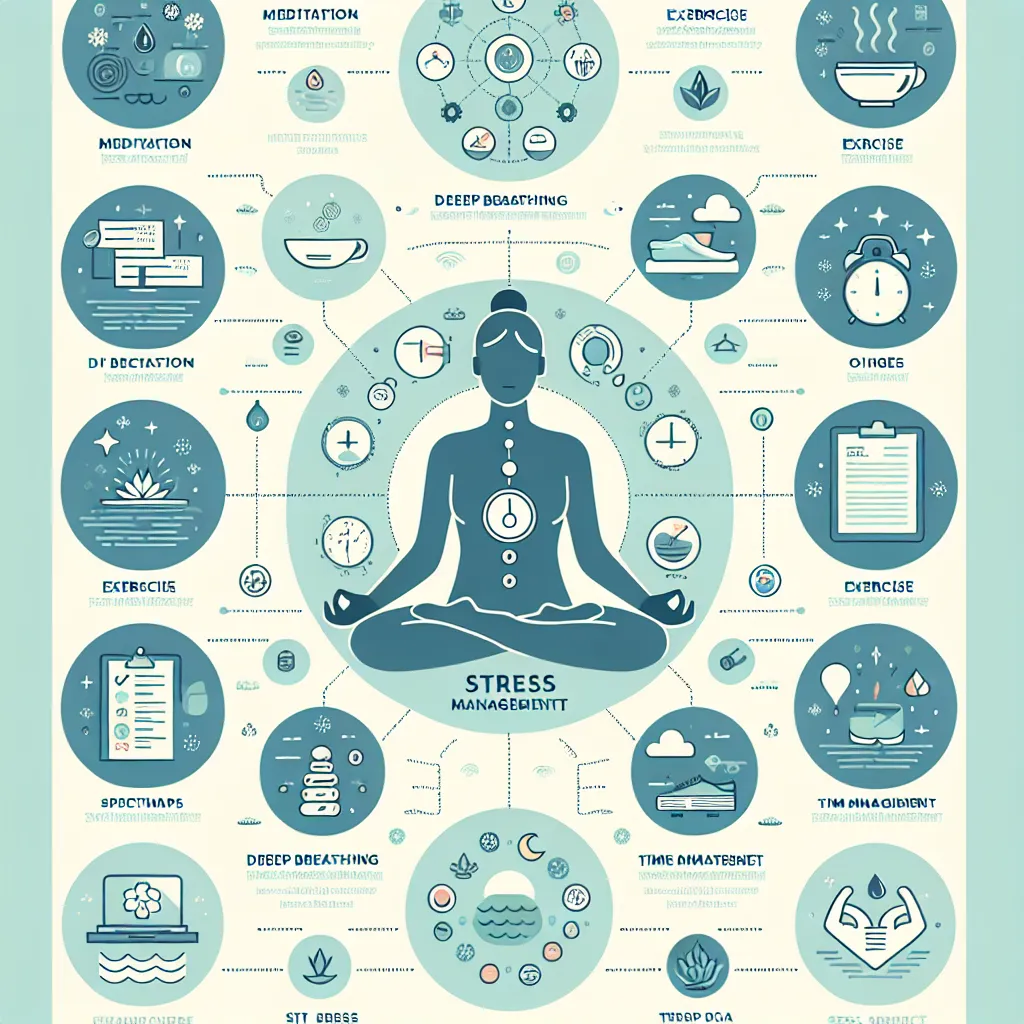The IELTS Reading section is a crucial component of the test, assessing your ability to comprehend complex texts and extract relevant information. Today, we’ll focus on a topic that has gained significant traction in recent years: digital detox challenges. This subject has appeared in various forms in past IELTS exams and, given its relevance in our increasingly digital world, is likely to resurface in future tests.
Nội dung bài viết
Digital detox challenges have become increasingly prevalent in IELTS Reading passages, reflecting the growing concern about our dependence on technology. By practicing with this theme, you’ll not only prepare for a potential exam topic but also gain insights into a pressing societal issue.
Reading Passage: The Digital Detox Revolution
Medium Text
In an era dominated by screens and constant connectivity, a new movement is gaining momentum: the digital detox. As our lives become increasingly intertwined with technology, many individuals are recognizing the need to step back and reassess their relationship with digital devices. This growing trend has spawned a variety of challenges and initiatives aimed at helping people reduce their screen time and reconnect with the physical world around them.
The concept of a digital detox is simple in theory but often challenging in practice. It involves deliberately abstaining from using digital devices such as smartphones, computers, and tablets for a specified period. This can range from a few hours to several days or even weeks. The goal is to break the cycle of constant connectivity and allow individuals to focus on real-world interactions, personal well-being, and offline activities.
One of the most popular forms of digital detox is the “24-hour challenge,” where participants commit to a full day without using any digital devices. This short-term challenge often serves as an eye-opening experience, revealing just how deeply ingrained our digital habits have become. Many participants report feeling anxious or restless initially, but as the day progresses, they often discover a sense of liberation and increased mindfulness.
For those seeking a more intensive experience, “digital detox retreats” have emerged as a growing trend. These retreats, often held in remote locations with limited or no internet access, offer participants the opportunity to disconnect from technology for an extended period. Activities typically focus on nature, meditation, creative pursuits, and face-to-face social interactions. Proponents of these retreats claim they can lead to improved mental clarity, reduced stress levels, and a renewed appreciation for the non-digital aspects of life.
The benefits of digital detoxing extend beyond the immediate experience. Many participants report lasting changes in their digital habits, including more mindful use of technology, improved sleep patterns, and enhanced real-world relationships. Some even discover new hobbies or rekindle old passions that had been neglected in favor of screen time.
However, critics argue that complete abstinence from technology is neither practical nor desirable in today’s interconnected world. Instead, they advocate for a more balanced approach, focusing on developing healthy digital habits rather than complete disconnection. This might involve setting specific “no-screen” times each day, using apps that limit social media usage, or creating tech-free zones within the home.
As awareness of digital addiction grows, some companies and organizations are incorporating digital detox principles into their cultures. “Tech-free” meetings are becoming more common, and some forward-thinking employers are even offering “digital detox days” as part of their employee wellness programs.
The digital detox movement reflects a broader societal recognition of the need to balance our online and offline lives. As we continue to navigate the challenges of the digital age, the ability to periodically disconnect and recharge may become an essential skill for maintaining our mental health and overall well-being.
 Digital Detox Challenge
Digital Detox Challenge
Questions
True/False/Not Given
- Digital detox challenges can last anywhere from a few hours to several weeks.
- All digital detox retreats completely ban the use of technology.
- Many participants experience anxiety when first attempting a digital detox.
- Digital detox retreats are only effective when conducted in urban environments.
- Some companies are incorporating digital detox principles into their workplace policies.
Matching Headings
Match the following headings to the paragraphs in the passage. There are more headings than paragraphs, so you will not use all of them.
A. The rise of tech-free corporate policies
B. Defining digital detox
C. Long-term benefits of disconnecting
D. Criticism of the digital detox movement
E. Popular digital detox challenge formats
F. The future of digital wellbeing
G. Digital detox retreats: An immersive experience
- Paragraph 2
- Paragraph 3
- Paragraph 4
- Paragraph 5
- Paragraph 6
Multiple Choice
-
According to the passage, which of the following is NOT mentioned as a benefit of digital detoxing?
a) Improved sleep patterns
b) Enhanced real-world relationships
c) Increased productivity at work
d) Rediscovery of old hobbies -
Critics of digital detoxing suggest:
a) Technology should be used without limits
b) A balanced approach to technology use is preferable
c) Digital detoxing is harmful to mental health
d) Companies should ban technology use entirely -
The passage suggests that the ability to disconnect from technology may become:
a) A legal requirement
b) An obsolete concept
c) An essential skill for wellbeing
d) A hindrance to career advancement
Answer Key and Explanations
-
True – The passage states, “This can range from a few hours to several days or even weeks.”
-
Not Given – The passage doesn’t specify whether all digital detox retreats completely ban technology use.
-
True – The text mentions, “Many participants report feeling anxious or restless initially.”
-
False – The passage states that retreats are “often held in remote locations,” contradicting this statement.
-
True – The passage mentions, “some companies and organizations are incorporating digital detox principles into their cultures.”
-
B – This paragraph defines what a digital detox is and how it works.
-
E – This paragraph discusses the “24-hour challenge,” a popular format for digital detoxes.
-
G – This paragraph describes digital detox retreats in detail.
-
C – This paragraph outlines the long-term benefits people experience after digital detoxing.
-
D – This paragraph presents criticisms of the digital detox movement and alternative approaches.
-
c – While improved sleep, enhanced relationships, and rediscovering hobbies are mentioned, increased work productivity is not.
-
b – The passage states, “Instead, they advocate for a more balanced approach.”
-
c – The final paragraph suggests that the ability to disconnect “may become an essential skill for maintaining our mental health and overall well-being.”
Common Mistakes to Avoid
- Overlooking specific details: Pay attention to precise wording in the passage, such as time frames or frequency of events.
- Making assumptions: Stick to the information provided in the text. Don’t bring in outside knowledge or make inferences beyond what’s stated.
- Misinterpreting “Not Given” answers: Remember, “Not Given” means the information isn’t present in the text, not that it’s false.
- Rushing through the passage: Take time to understand the overall structure and main ideas before attempting the questions.
Key Vocabulary
- Digital detox: (noun) A period during which a person refrains from using electronic devices
- Connectivity: (noun) The state of being connected or interconnected
- Abstaining: (verb) Restraining oneself from doing something
- Mindfulness: (noun) The quality or state of being conscious or aware of something
- Proponents: (noun) People who advocate for or support a theory or course of action
Grammar Focus
Pay attention to the use of present perfect tense in the passage, e.g., “Digital detox challenges have become increasingly prevalent.” This tense is used to connect past events or states to the present, indicating ongoing relevance or recent change.
Tips for Success
- Practice time management: Allocate your time wisely between reading the passage and answering questions.
- Skim and scan effectively: Quickly identify main ideas and where specific information is located in the text.
- Use contextual clues: If you encounter unfamiliar vocabulary, try to deduce meaning from the surrounding context.
- Stay focused: The passage may contain interesting information, but concentrate on finding the answers to the questions.
- Review your answers: If time permits, double-check your responses for accuracy and consistency.
Remember, success in IELTS Reading comes with consistent practice and developing effective strategies. Keep challenging yourself with various topics and question types to improve your skills. For more tips on managing digital overload and promoting digital well-being, check out our articles on managing digital overload and promoting digital well-being among youth.


